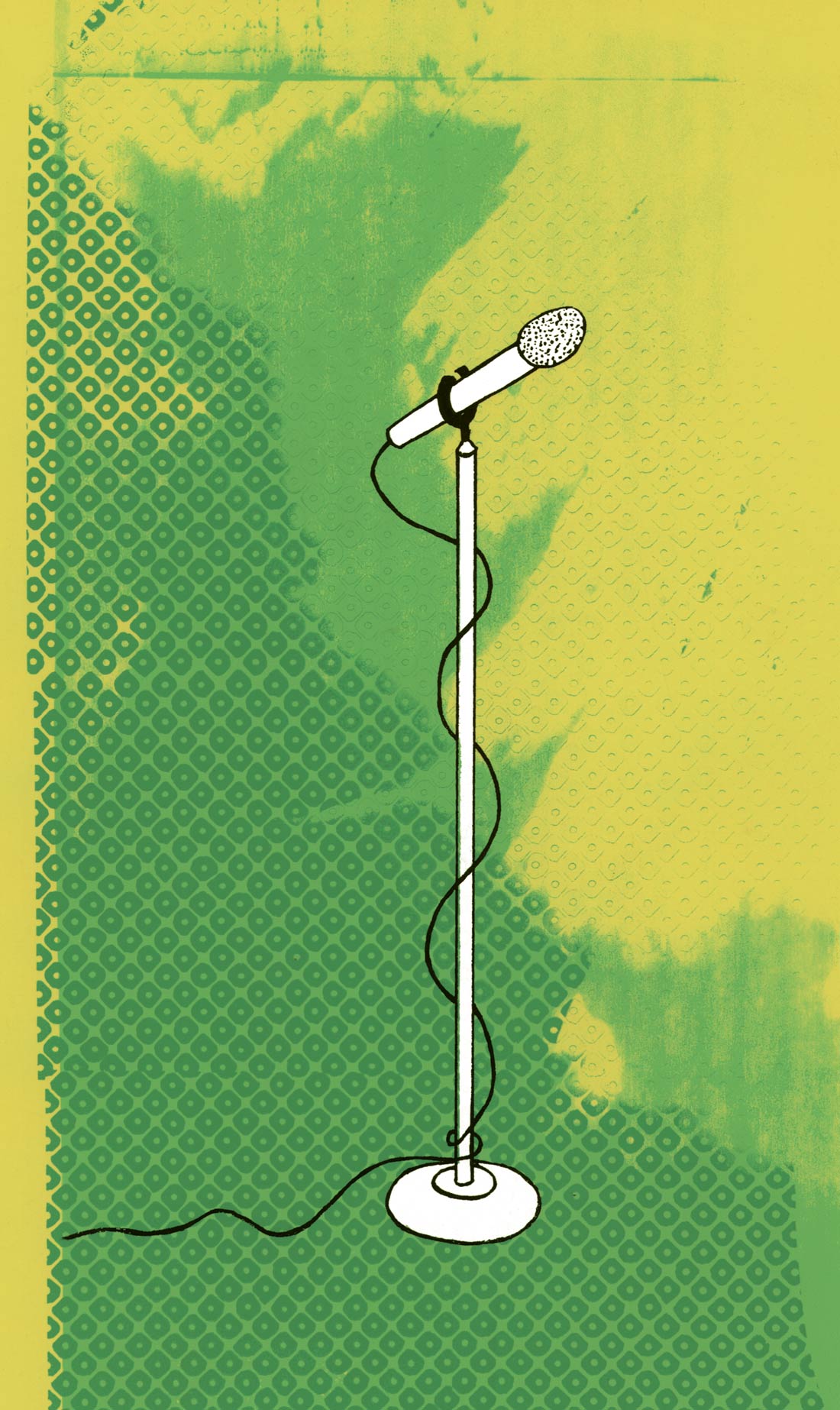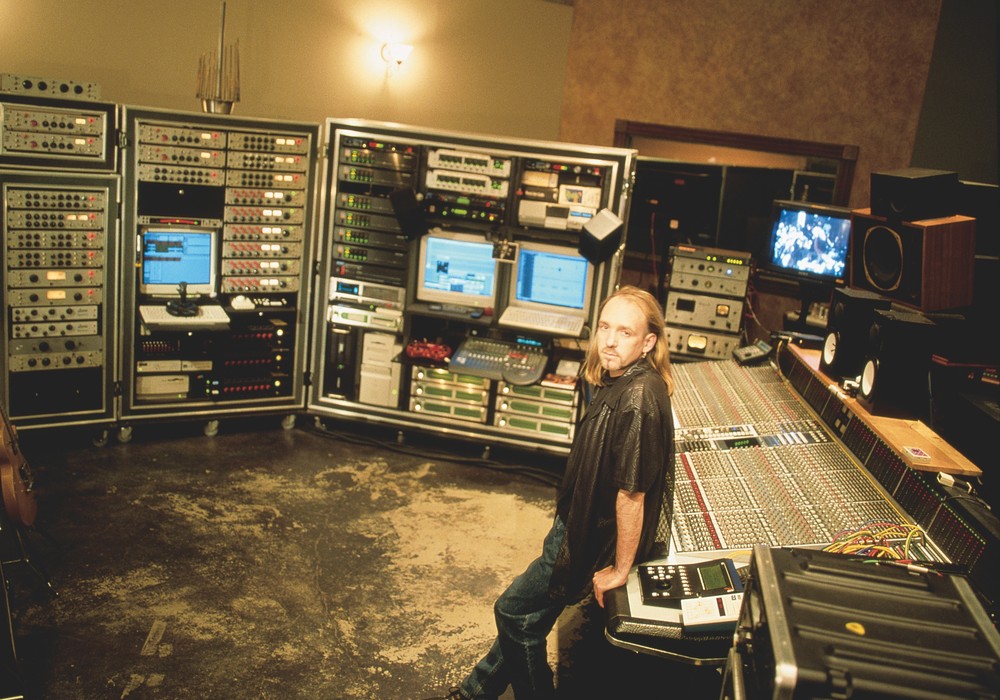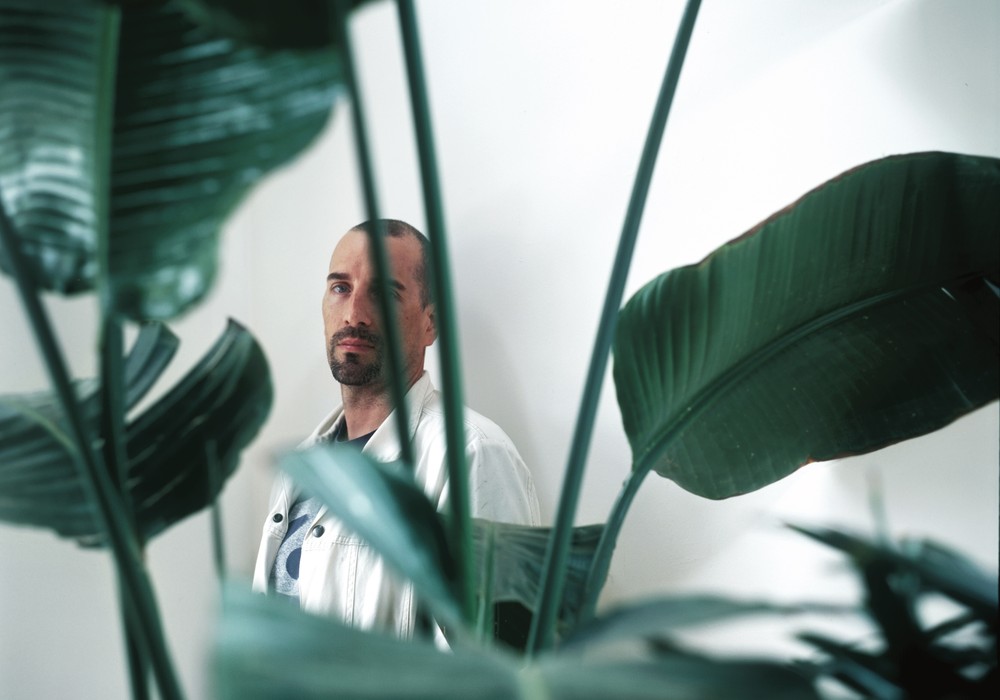Well here's a classic Tape Op interview question for you: how do you feel about digital?
Frustrated. [laughs]. There's so many great things about it and yet — there was a thing at the AES called "When Vinyl Ruled' — this was incredible. I hope to heaven that they let them do it again but I can see how a lot of manufacturers would not let them do it again. They set up a state of the art 1962 control room and played back a bunch of old 3-track safety masters from that era. The sound destroyed everything at the show. I mean, it was a no-brainer better than anything we're doing now, it's sickening. And at one point, Doug Botnik, who used to be at Sunset Sound turned to me and said, 'Man I remember the first time I tried to do a session on a transistor board I wanted to slit my wrists.' [laughs]
Yet the coveted stuff in audio is really the discrete stuff. Most people want tube compressors but they don't want tube boards, they want Neves and APIs. Well they want big. I mean that's the thing. They want a million inputs, and the old boards didn't have million inputs. People want to do things in real complicated ways, and the old ways were really very simple. You know the magic happened out in front of the mic, and if the magic didn't happen in front of the mic, it sounded awful, and you did it again.
If you play some damn music, you'll get some damn sound. And to a large degree that's true. Part of it was in the '50s the songwriters had an absolute stranglehold on the record business. Basically, the songwriters would come up with a hit song, shop it around the labels and it would go to the highest bidder. Labels did not like that, and that's a lot of what allowed the self contained group thing to come in, because the labels said, okay we're only going to sign people that write their own material.
You come partly from audiophile side of things and a lot of those people still reject digital. One of the first things that struck me and I think it struck a lot of people, was that 44.1 was kind of a random and not very satisfactory sampling rate. You know, it was low.
Yeah, it was primarily because you could use a video machine as an editor. You could encode it on videotape, edit the videotape. You had to edit digital audio, that was the whole thing.
Do you think that the day will come when high definition digital or something fixes all these problems with digital?
It's very hard to say. We keep hoping! [laughs]. It's a real catch-22 because a lot of the problem with digital is that fewer and fewer recording engineers are working on things. It's become a thing of now you just ask anybody who's hanging around to do the tracking and then you save lousy tracking in the mix, save lousy mixing in the mastering, etc. One of the biggest problems with digital is just that it is not idiot proof. You need to know that every time you perform some math on that signal, you're gonna degrade it and it's not magic. It's like analog: with analog you just really carefully thought through 'How can I go the least number of generations, how can I not damage this.' With digital, it's been sold as this bulletproof thing, so people often just don't realize that they're completely ruining their audio.
Through the history of recording, there've been these things which ostensibly are supposed to save time, and make you freer to do what you want, but often they do the opposite. One is console automation and another is Pro Tools.
Automation was implemented not so much to help with mixing but to solve the problem of being able to come up with identical first generation masters. I mean in some ways, digital recording made automation obsolete only people had decided that this was the 'professional' way to do it, [laughs] so...
Behind the Gear | No. 104
Bill Whitlock (bonus): Behind the Gear with Jensen Transformers
by Larry Crane
Jensen Transformers was founded in 1974 by Deane Jensen as part of his quest for excellent studio sound. He believed the transformers of the era were of a substandard quality, and our field...










